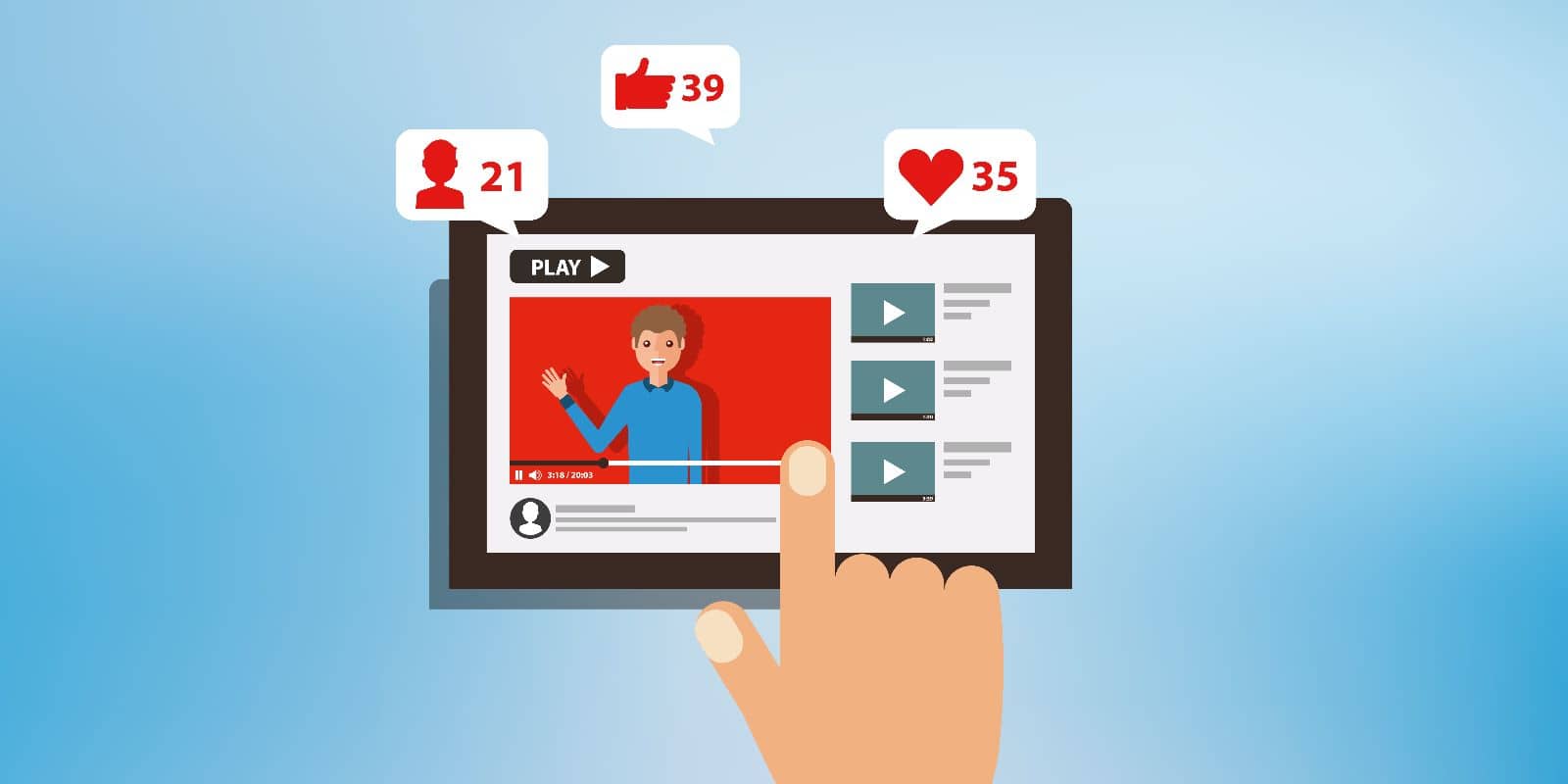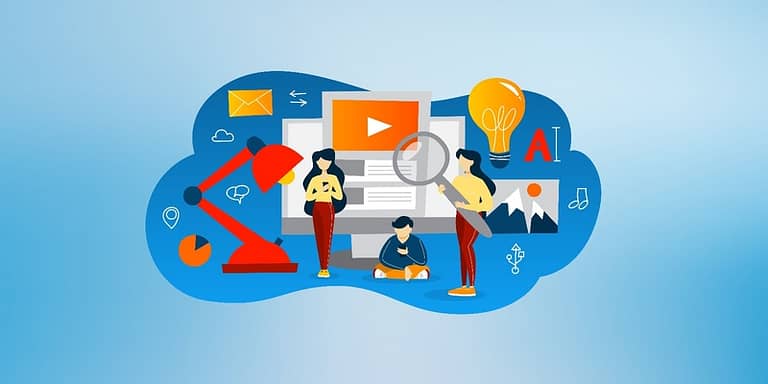Using videos for Teaching and Learning
Using videos for teaching and learning is not a new thing in this era. Video as a teaching tool has been around for decades, but the proliferation of digital technology in the last few years has opened up a world of new possibilities. Once or twice every semester, a teacher could have brought in a television and VHS recorder to use in class 30 years ago. Teachers may make more comprehensive use of video materials now that they are easily accessible online.
The use of videos for teaching and learning is growing quickly across all fields, from the humanities and social sciences to the arts and continuing professional education. Video may be utilized for both formal and informal education, both inside and outside the classroom.
Video in particular is appealing as a medium for recording lectures and delivering knowledge directly to students. It is frequently the most noticeable and time-consuming element of the learning experience’s technology components. Therefore, it’s reasonable to believe that it will have the greatest effect.
Video is a powerful medium, but like any other, it has to be made with careful pedagogical consideration to be successful. Video is only one kind of media; lecture is just one method of education. Case studies, interviews, digital storytelling, student-directed initiatives, and many more may all benefit from being presented in video format. Part of the analysis done during course design is picking the right instructional approach and matching it with an efficient media format.
It is crucial to update instructional practices as technology advances. Let’s have a look at some of the options for doing so.
Consider using videos to debut fresh content
A video presentation is a wonderful tool for presenting new material. Because video is likely to be one of their major forms of exploration, video snippets may provide an accessible synoptic perspective of a topic that will quickly captivate young learners. In this case, the video should not replace face-to-face instruction, but it may be used to great advantage to spark students’ creativity.
Use of video for pre-class instruction
The “flipped classroom” model suggests having students watch relevant videos outside of class before discussing and solving problems in person. The standard technique for assigning homework includes having students practice what they learned in class on their own time. In the flipped classroom concept, students see or listen to a presentation at home before class and then discuss it with teachers and classmates in class. Students profit from this since they may review previously seen videos and practice what they’ve learned in a group setting.
A wide range of study resources
Many studies have shown that using many approaches to learning is most effective. In particular, the auditory and visual memory pathways may be used to lessen the burden placed on the brain. Therefore, combining visual and spoken approaches allows pupils to absorb more information than using each alone. Therefore, videos for teaching and learning may be utilized to supplement conventional teaching strategies to further students’ understanding.
In-depth videos for a richer perspective
All educators know that spending too much time on theory may be boring. A wider variety of demonstrations and ideas that are better demonstrated than stated can assist any student. This is particularly true for very young children who may have a higher degree of visual ability than focus and language understanding. Where words fall short, video recordings may fill in the gaps, for as when describing space simulations, atomic-level interactions, inner-body processes, or even merely creatures or locations that aren’t often experienced.
Learning styles may be accommodated with the use of videos.
Video clips may provide a more personalized learning experience than traditional lectures while still providing the advantages of instructor guidance in classrooms where laptops and tablets are widely used. Individual displays and headphones allow students to rewind, pause, contemplate, and engage with the content as much as necessary during video lectures.
Here are some additional benefits of utilizing videos in the classroom.
1. Learning is facilitated through videos.
Videos may aid students in their learning in several ways, but one of the most notable is that they convey information more effectively than text alone. This is because, regardless of how wonderfully a book is written, pupils are unlikely to have the same kind of personal connection that can be found in videos. Students are sure to retain more information when films are used as a teaching tool due to the personal element they provide to the material.
Learning a new language is much more fun and interesting when students can see their instructor speak it on video. Without participation, a foreign language lesson may swiftly unravel, as any educator can attest.
2. Possibility of Independent Research
One of the other major benefits of utilizing video clips in teaching is that students are significantly more likely to interact with the information even when the instructor is not there, as our foreign language example demonstrates. Once a video has been made on a certain topic, the instructor may distribute it to students so that they can review the information at their own pace outside of class.
This means that students may simply review material from the course that they found particularly challenging during class. While providing a chance for additional growth, self-study also allows the student to pose and investigate course-related concerns. Video’s potential for self-study is becoming more important as we teach and learn in a world where in-person classrooms are becoming less and less appealing.
3. All levels and ages of students like watching videos.
It was often believed that children in kindergarten and primary school couldn’t keep their attention spans long enough for online learning to be effective. However, as the epidemic has shown, this is not the case. Teachers are finding that by converting their in-class curriculum to an online format, students as young as three may learn just as much as they would in a traditional classroom setting.
4. Online Education
Videos are the key to making online education work for you. Educators from all around the globe are getting in on the video-sharing trend by making and sharing instructional films with their students using tools like Google Classroom. The instructor creates a virtual classroom by having her pupils upload films to the same platform on which she teaches, in which they demonstrate their understanding of the material and ask questions about it.
As a consequence, students are more involved in class. Teachers who have used this strategy have reported that their students, especially the youngest ones, are enthusiastic about the opportunity to create and share movies with their educators. In certain circumstances, this may even pique their interest more than a more conventional classroom setting.
Read more: Everything about video marketing







